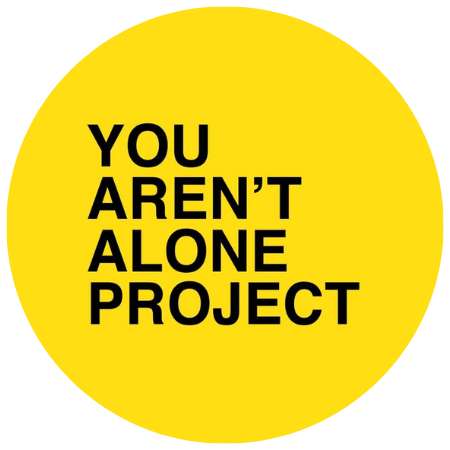SUICIDE PREVENTION & AWARENESS
September is National Suicide Prevention Month. Understanding the issues concerning suicide and mental health is an important way to take part in suicide prevention, help others in crisis and change the conversation around suicide.
IF YOU OR SOMEONE YOU KNOW IS IN A crisis, CALL THE NATIONAL SUICIDE PREVENTION LIFELINE AT 9-8-8 or contact emergency services.
September is National Suicide Prevention Month. Understanding the issues concerning suicide and mental health is an important way to take part in suicide prevention, help others in crisis and change the conversation around suicide.
Did you know?
📱Studies have shown that suicide risk decreases when people call the national suicide hotline.
🤝Talking about suicide does not lead to suicide. In fact, asking someone if they are having suicidal
thoughts can be the first step to saving their life and the best tool for prevention.
1. Ask.
2. Keep them safe.
3. Be there.
4. Help them connect to help.
5. Follow up.
Know the Risk Factors
Risk factors are characteristics that make it more likely that someone will consider, attempt, or die by suicide. They can't cause or predict a suicide attempt, but they're important to be aware of.
Mental disorders, particularly mood disorders, schizophrenia, anxiety disorders, and certain personality disorders
Alcohol and other substance use disorders
Hopelessness
Impulsive and/or aggressive tendencies
History of trauma or abuse
Major physical illnesses
Previous suicide attempt(s)
Family history of suicide
Job or financial loss
Loss of relationship(s)
Easy access to lethal means
Local clusters of suicide
Lack of social support and sense of isolation
Stigma associated with asking for help
Lack of healthcare, especially mental health and substance abuse treatment
Cultural and religious beliefs, such as the belief that suicide is a noble resolution of a personal dilemma
Exposure to others who have died by suicide (in real life or via the media and Internet)
Know the Warning Signs
Some warning signs may help you determine if a loved one is at risk for suicide, especially if the behavior is new, has increased, or seems related to a painful event, loss, or change.
Talking about wanting to die or to kill themselves
Looking for a way to kill themselves, like searching online or buying a gun
Talking about feeling hopeless or having no reason to live
Talking about feeling trapped or in unbearable pain
Talking about being a burden to others
Increasing the use of alcohol or drugs
Acting anxious or agitated; behaving recklessly
Sleeping too little or too much
Withdrawing or isolating themselves
Showing rage or talking about seeking revenge
Extreme mood swings
How to Create a Suicide Safety Plan
Awareness is just one step in suicide prevention. Asking if someone has thought about suicide and taking action can be vital in saving a life. Having suicidal thoughts or thoughts of self harm does not mean you are broken or crazy, it just means that you can no longer do this alone and you absolutely don’t have to. Hope and help is out there.
Click here to learn more about what a suicide safety plan is and how you can implement one for yourself or your loved ones.
